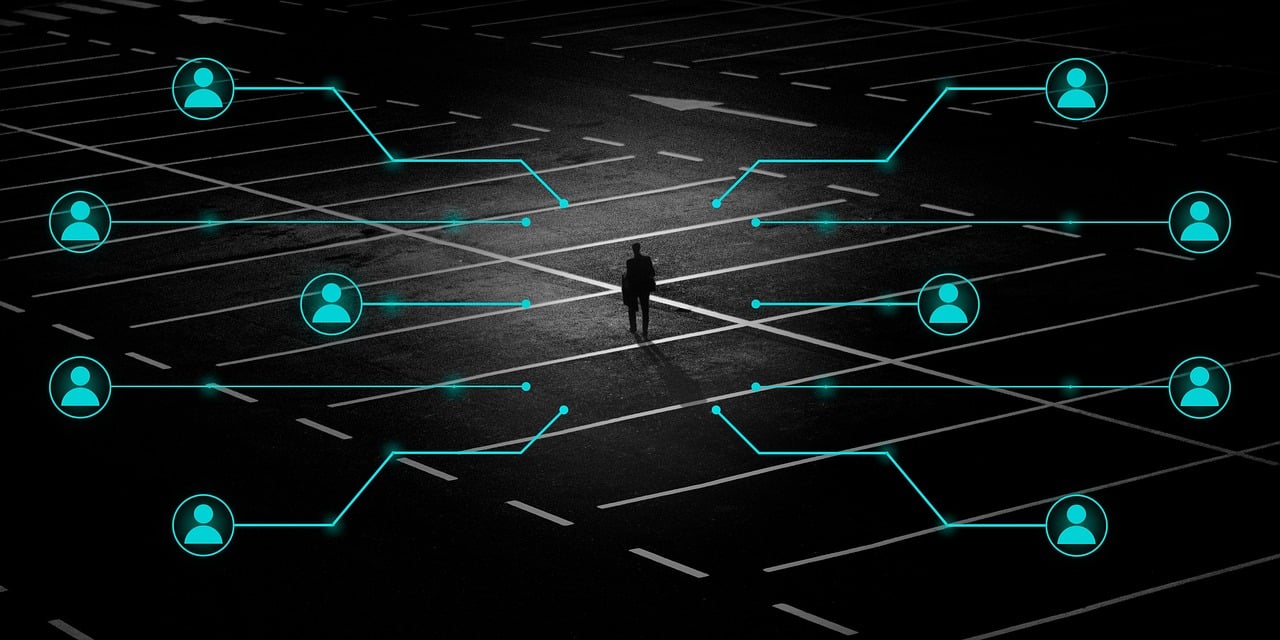
What is the Internet of Things?
General notes on IoT: what is it?
Now in 2021 the IoT, that is the internet of “things”, has become a widespread topic that characterizes various fields, including not only everyday life, but also and especially Businesses and working world. There are several books, insights and studies that reflect on what the Internet of Things is, and how this paradigm has changed the structure of our life.In this article, we will briefly review the concept of the Internet of Things starting from its development, actually determining what IoT is and what its benefits and future prospects are.
Internet of Things: a neologism
Perhaps not everyone knows this, but the first time we heard about the Internet of Things was in 1999. It was during a conference that the co-founder of the Auto-ID Center – Kevin Ashton – introduced this term for the first time, referring to a specific object connected to the internet: a toaster. All this would have been possible thanks to RFID and QR Codes.Coined the term, with a rather simple basic concept, it was the evolution of technology that made it possible for the Internet of Things to establish itself starting from the first two thousand, to become such a fundamental paradigm for our generations (and for future ones) with the implications and developments resulting from it.
Why is the Internet of Things paradigm important?
Well, before talking about its importance, we must first reflect on the meaning of the Internet of Things. The encyclopedic definition describes it as “a network of objects equipped with identification technologies, connected to each other, able to communicate both reciprocally and towards nodal points of the system, but above all able to build a huge network of things where each of them is traceable by name and by reference to position “The improvement of digital devices and the advent of 5G, the last important step forward in the world of cutting-edge technology, have resulted in an exponential increase in objects connected to the network, with estimates of a growth for the next few years. We estimate that investments in IoT will generate a turnover of about 13 trillion dollars by 2025.The fields of application are numerous: smart homes, wearables devices, smart cities, smart retail and supply chains, smart farming, etc… as well as the numerous benefits resulting from them.These objects have the ability to collect, transfer, receive data through the network and, finally, extrapolate useful information to optimize the actions for which they are predisposed.
Smart devices and smart cities: the protagonists of the IoT
We have just talked about the areas of application of the IoT and in doing so, it was automatically noticeable the existence of a word: the adjective smart.In everyday language, we speak more and more often of smart devices, namely objects that exploit the potential of the IoT thanks, mainly, to the internet connection and that are able to offer a range of information and services that simplify life. The opportunities that these smart devices offer are many: improvement of mobility, work, industrial processes, environment, health, leisure, etc., just think of all the features that are within our reach thanks to the help of our smartphones!The potential of the Internet of Things finds one of their greatest expressions with the notion of smart city: cities in which, thanks to technological innovation, it is possible to improve the infrastructures of the Public Administration and services to citizens such as public transport and mobility, distribution and energy management, lighting, urban security, waste management, public building maintenance, environmental monitoring, communication, etc.
What are the future challenges of the Internet of Things and possible hazards
Until now, we have explored many aspects related to the IoT: when it was developed, what it is, why it is so important, what smart devices and smart cities are.However, another determining factor in defining what the IoT really is should not be underestimated: its potential risks and the questions we in recent years, have asked ourselves and continue to ask ourselves.What is it about? The issue of privacy and data management, which the era of hyper-connection we live in, must do the math on a daily basis. With Internet of Things devices, users provide their personal information to get a fast service, but this involves a series of chain actions. In fact, companies find themselves having to understand a large amount of data and information quickly and efficiently. The challenge of companies therefore lies in the ability to guarantee the users of these IoT services a safe system, where the data handled very carefully, to avoid any external aggressions that could undermine the privacy of users.In short: the challenges are still many, as are the attempts by the companies that adopt IoT systems to know how to innovate to ensure improved performance, guaranteeing quality and safety.








